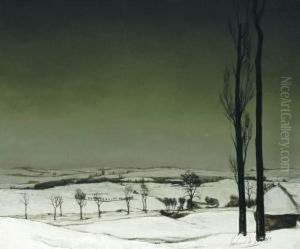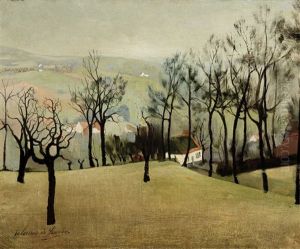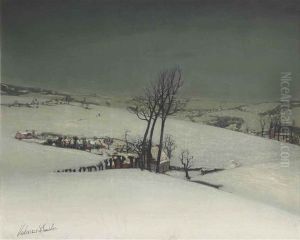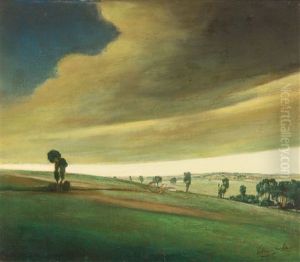Valerius De Saedeleer Paintings
Valerius De Saedeleer was a distinguished Belgian landscape painter, born on August 4, 1867, in Aalst. He was pivotal in the development of Flemish landscape painting in the early 20th century. De Saedeleer was initially trained at the Academy of Ghent, where he was influenced by the traditional Flemish painting techniques. His early work was characterized by a realistic approach, typical of the 19th-century Belgian art scene.
In the early 1890s, De Saedeleer's style began to evolve as he was drawn to the symbolist movement, which emphasized the spiritual and emotional aspects of art. He became one of the leading figures of the Latem School, a group of artists who settled in the village of Sint-Martens-Latem near Ghent. These artists were known for their exploration of symbolism and their return to a more simple and rustic way of life, which they believed was more authentic and offered greater artistic inspiration.
De Saedeleer's mature work is noted for its serene and mystical qualities, often depicting the rolling hills, meadows, and rivers of the Flemish countryside. His use of soft colors and a harmonious palette creates an idyllic, dreamy atmosphere in his paintings. He was a master at capturing the subtle changes of light and seasons, and his landscapes evoke a peaceful, timeless world.
During World War I, De Saedeleer, like many of his contemporaries, was forced to leave Belgium. He found refuge in Wales, where he continued to work and was inspired by the Welsh landscape. After the war, he returned to Belgium and continued to paint, although his later works never achieved the same level of acclaim as his earlier Flemish landscapes.
Valerius De Saedeleer passed away on September 16, 1941, in Leupegem. His work remains a testament to the beauty of the Flemish countryside and a significant chapter in the history of Belgian art. His paintings can be found in various museums across Belgium and beyond, and he is celebrated for his unique contribution to the revival of landscape painting in his homeland.




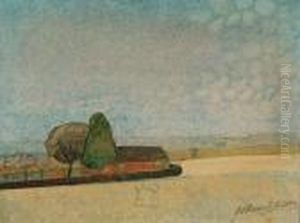
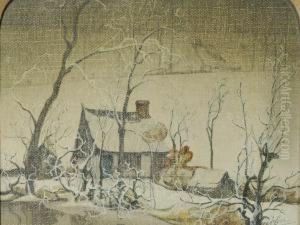


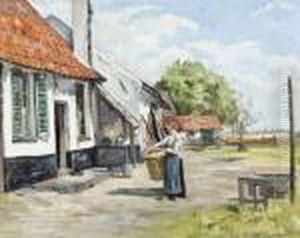


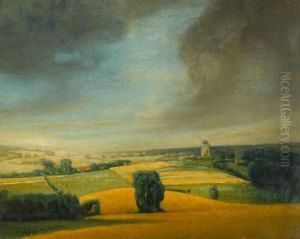

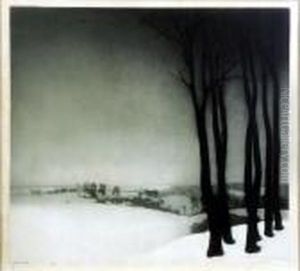






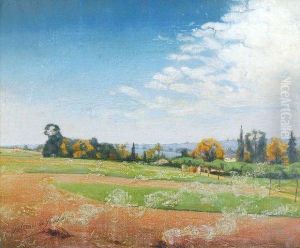


















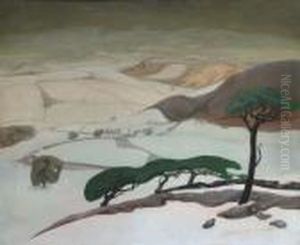








![Sans Titre [vue Enneigee Aux Grands Arbres]](https://www.niceartgallery.com/imgs/1267083/s/valerius-de-saedeleer-sans-titre-vue-enneigee-aux-grands-arbres-d09c027a.jpg)





